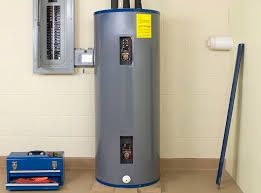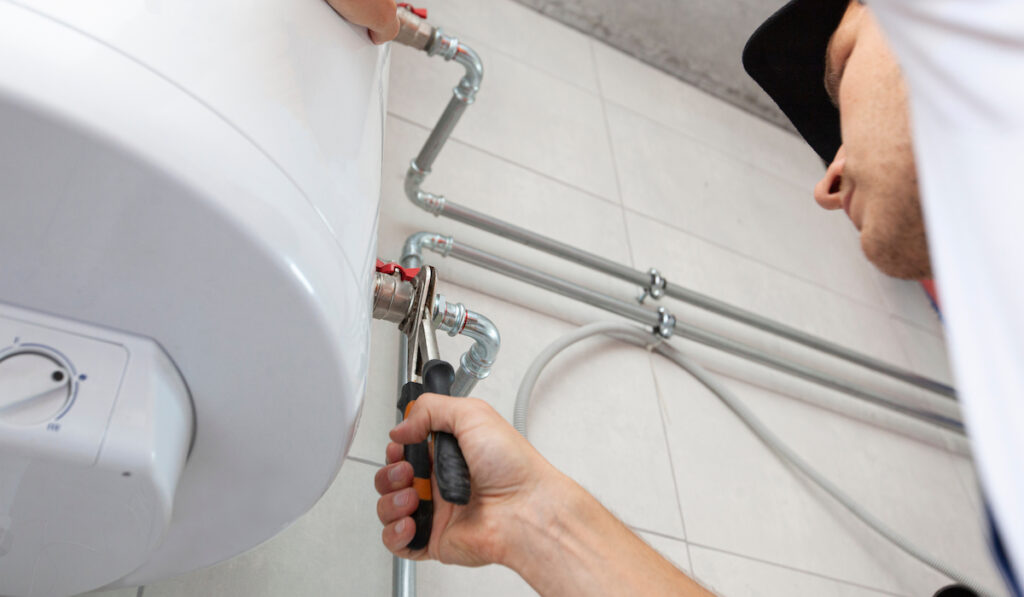Important Care Techniques for Your Home's Hot Water System
Important Care Techniques for Your Home's Hot Water System
Blog Article
Nearly everybody may have their private conception about Tips on Maintaining a Water Heater.

Hot water is vital for daily comfort, whether it's for a revitalizing shower or washing dishes. To ensure your warm water system runs effectively and lasts much longer, regular upkeep is essential. This post offers functional ideas and insights on exactly how to keep your home's hot water system to prevent disturbances and pricey repairs.
Intro
Keeping your home's warm water system may appear difficult, however with a couple of simple steps, you can guarantee it runs smoothly for years to find. This guide covers whatever from comprehending your warm water system to do it yourself maintenance suggestions and understanding when to call in expert aid.
Importance of Maintaining Your Hot Water System
Regular maintenance not only prolongs the lifespan of your hot water system however likewise guarantees it runs successfully. Disregarding maintenance can result in reduced effectiveness, greater power bills, and also early failing of the system.
Indications Your Warm Water System Requirements Upkeep
Understanding when your warm water system requires interest can stop major issues. Look out for signs such as inconsistent water temperature, unusual sounds from the heating unit, or corroded water.
Purging the Hot Water Heater
Purging your hot water heater eliminates sediment buildup, improving performance and prolonging its life.
Monitoring and Replacing Anode Rods
Anode rods prevent corrosion inside the container. Checking and replacing them when worn out is essential.
Complex Concerns Calling For Expert Assistance
Instances consist of major leaks, electric issues, or if your water heater is consistently underperforming.
Regular Expert Maintenance Conveniences
Specialist maintenance can include detailed examinations, tune-ups, and making sure conformity with safety and security standards.
Evaluating and Readjusting Temperature Setups
Changing the temperature settings guarantees ideal performance and safety and security.
Do It Yourself Tips for Maintenance
You can perform numerous maintenance tasks on your own to maintain your hot water system in leading condition.
Looking for Leakages
Consistently check pipes and links for leaks, as these can bring about water damage and greater costs.
Comprehending Your Warm Water System
Before diving right into upkeep tasks, it's practical to understand the basic parts of your warm water system. Generally, this consists of the water heater itself, pipelines, anode poles, and temperature controls.
Regular Monthly Upkeep Tasks
Routine month-to-month checks can help capture minor concerns before they rise.
Evaluating Stress Relief Valves
Checking the stress relief valve guarantees it functions appropriately and prevents extreme stress buildup.
Protecting Pipelines
Protecting hot water pipes minimizes heat loss and can save power.
When to Call a Professional
While DIY upkeep is valuable, some issues need professional proficiency.
Final thought
Normal maintenance of your home's warm water system is important for effectiveness, long life, and cost savings. By complying with these pointers and knowing when to seek professional assistance, you can make certain a dependable supply of hot water without unforeseen disturbances.
Water Heater Maintenance: The Basics
Maintaining your water heater will ensure it operates efficiently and has a longer lifespan. Neglecting regular maintenance can lead to costly repairs and an even bigger chunk of your savings if you have to replace it sooner than necessary. But there’s good news: Most water heater maintenance tasks are relatively simple and easy for homeowners with basic DIY skills.
Flush the Water Heater
Over time, sediment and minerals can build up in the tank, reducing its efficiency and potentially causing damage. To flush the tank, turn off the power or gas supply, attach a hose to the drain valve near the bottom and open the valve to drain the water until it runs clear. Ideally, flush the tank annually.
Replace the Anode Rod
The anode rod is a sacrificial metal rod that helps prevent corrosion inside the tank. Inspect and replace it every three to five years or per the manufacturer's recommendation. To replace the anode rod, turn off the power or gas supply, drain a few gallons of water from the tank, unscrew the old rod and replace it with a new one. If the anode rod is significantly corroded or covered in calcium buildup, it's a sign the water heater may need to be replaced soon.
Tune-Up
A yearly tune-up can help identify potential issues and ensure your water heater operates at peak efficiency. This typically involves checking the thermostat, burner assembly (for gas heaters) and any other components specified by the manufacturer. During a tune-up, the technician may also clean the burner and adjust the pilot light (for gas heaters) or examine the heating elements (for electric heaters).
How to Maintain Your Water Heater
Insulate the tank. Insulating the tank can improve energy efficiency and reduce heat loss, saving you money on energy bills. You can purchase precut insulation blankets designed specifically for water heaters or use standard fiberglass insulation wrapped securely around the tank. Check the temperature. The recommended water temperature for most households is around 120 degrees Fahrenheit (49 degrees Celsius). Higher temperatures can increase energy costs and potentially cause scalding. Use a kitchen thermometer to check the temperature at the faucet nearest the water heater. Monitor water pressure. Excessive water pressure can strain the water heater and cause leaks or even tank failure. Install a pressure-reducing valve if necessary. The ideal water pressure range is between 60 and 70 PSI (pounds per square inch). Test the temperature and pressure (T&P) relief valve. The T&P relief valve is a safety feature that releases pressure if the tank gets too hot or the pressure builds up too high. Test it annually by lifting the lever and allowing a small amount of water to release. Replace the valve if it doesn't release water or reseal properly. Check for leaks. Regularly inspect the tank, pipes and fittings for leaks or corrosion. Deal with issues promptly to prevent further damage. Even a small leak can lead to significant water damage over time. Consider a tankless water heater. If your traditional tank-style water heater is nearing the end of its lifespan ( typically 10 years), consider replacing it with a tankless water heater. These units heat water on demand, reducing standby energy losses and potentially saving you money on your energy bills. Schedule professional maintenance. While homeowners can perform many water heater maintenance tasks, it's still a good idea to schedule professional maintenance every few years. A plumber or HVAC technician can thoroughly inspect the unit, identify potential issues and ensure it operates safely and efficiently. https://www.homeserve.com/en-us/blog/home-improvement/hot-water-heater-maintanence/

Do you enjoy reading up on Tips For Maintaining Your Hot Water Heater? Write a remark down the page. We would be glad to find out your responses about this article. In hopes that you come back again later on. Sharing is caring. You won't know, you could be doing someone a favor. I treasure your readership.
This Website Report this page